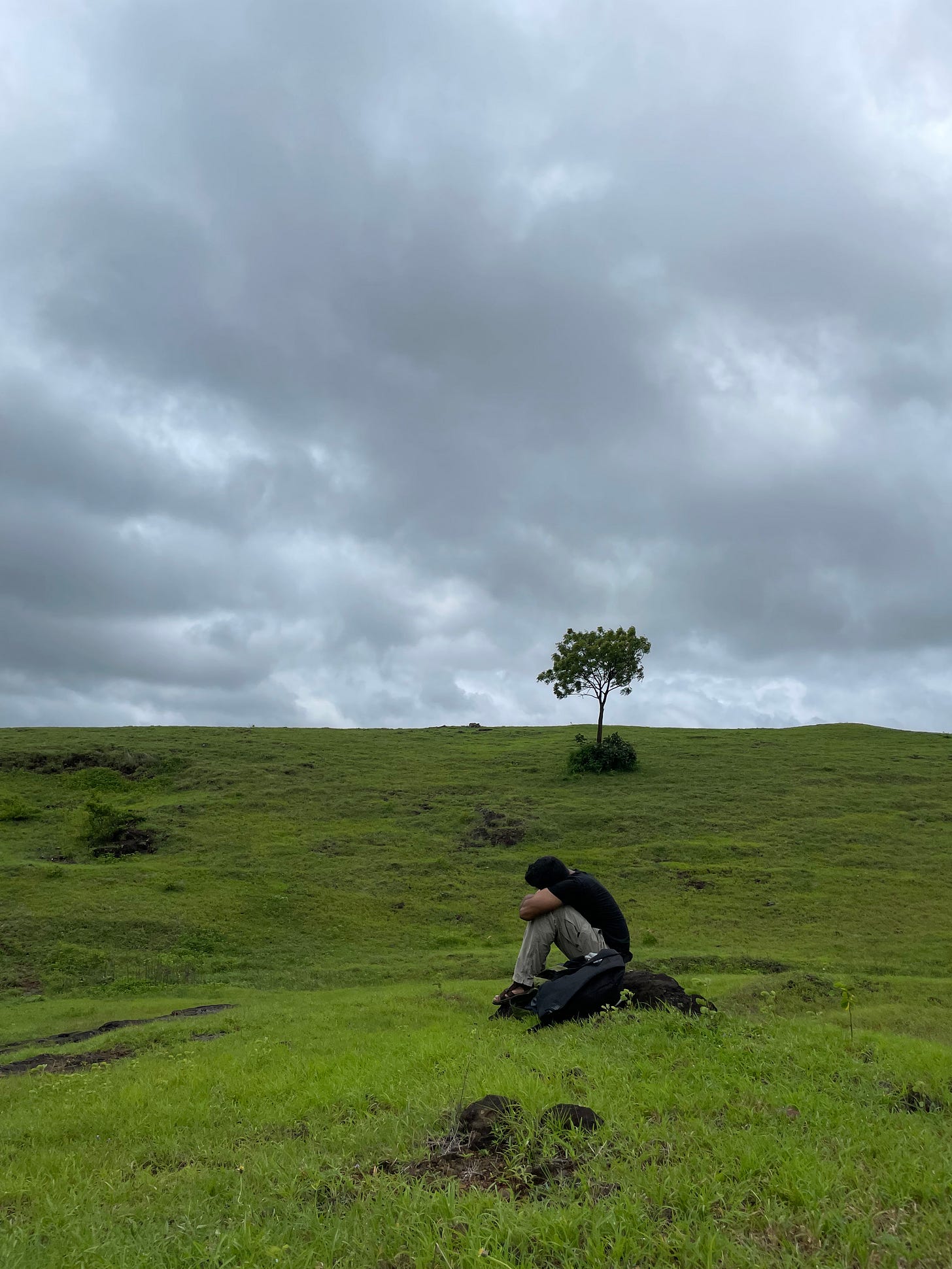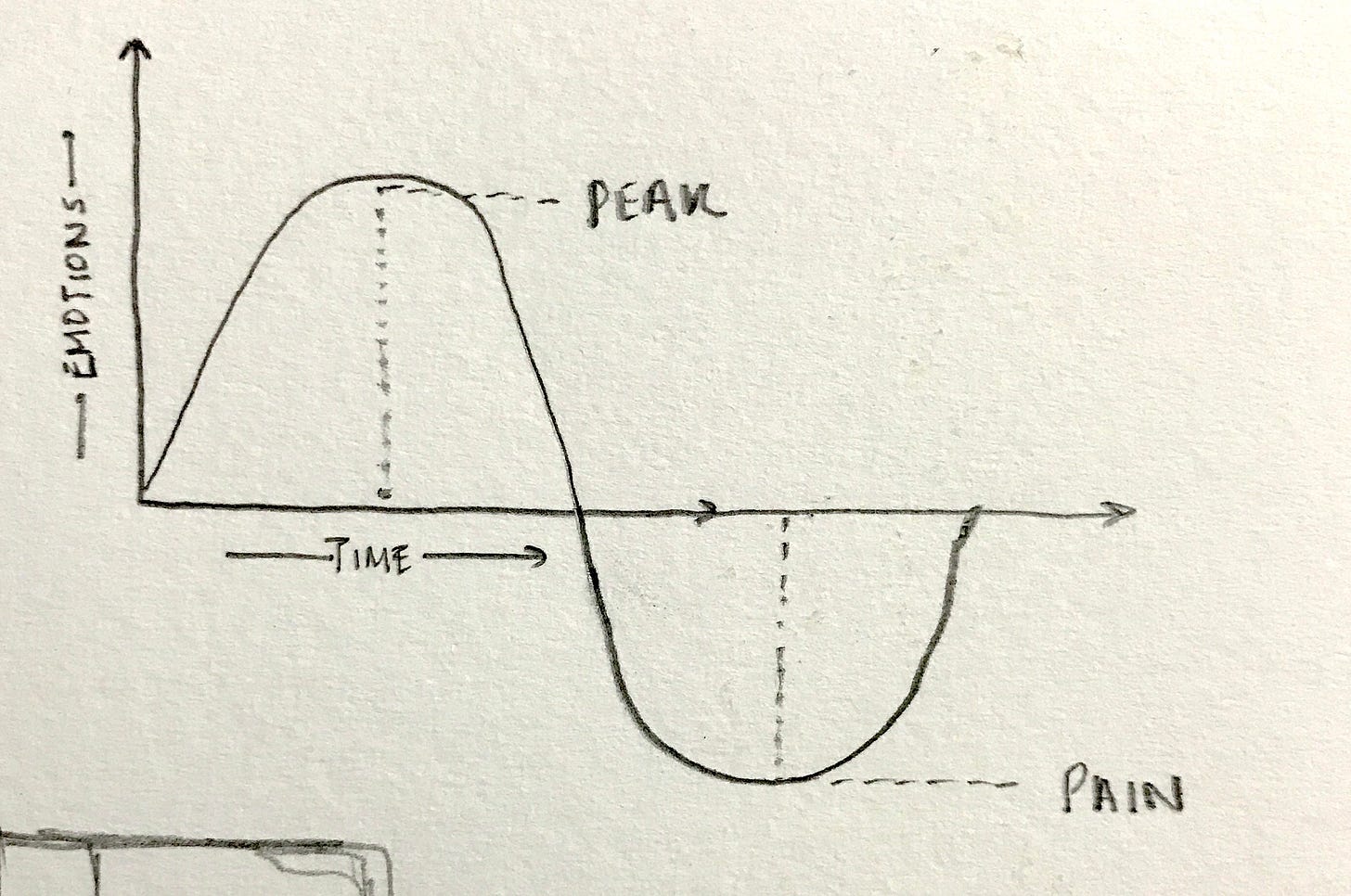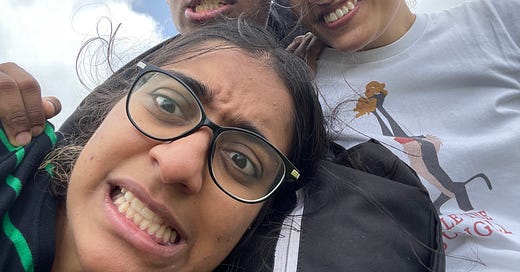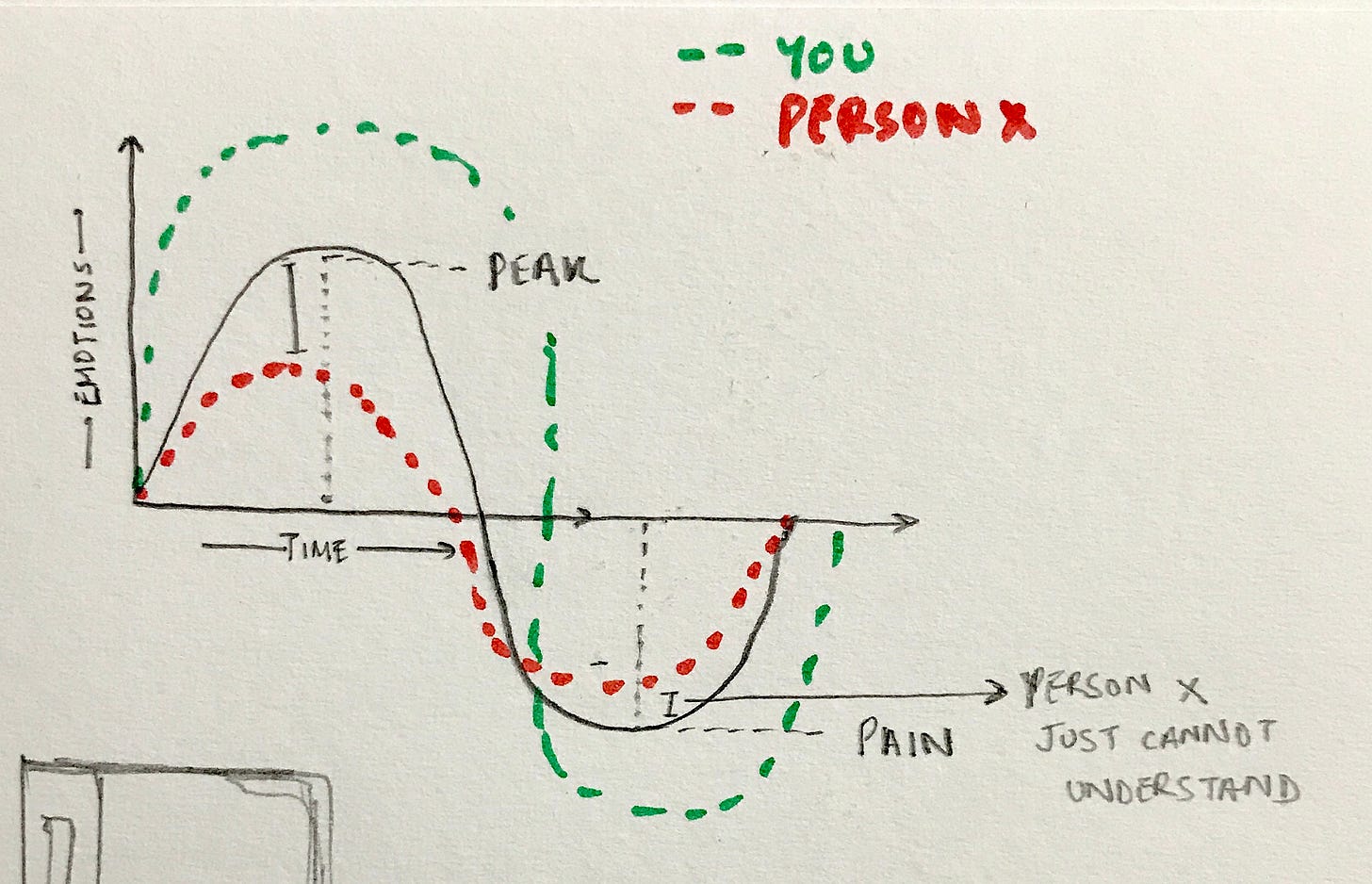Week 3
A day trip to the place I grew up in, thoughts on considering feasibility early on in the process, exploring whether life experience impacts your ability as a designer and a free font library.
A little later than usual this week as I’d been travelling.
Took a day trip to Devlali: a special place that I hold close to my heart because of the two incredibly transformative years that I spent here.

Apart from this, it was quite an intense week. Sometimes I wonder whether this level of intensity will be sustainable or whether I have, as always, taken up too much on my plate.
[Learnings] Cool concepts are not enough.
This week, we studied a web game developed as part of a Project Concern International project aimed to improve inter-spousal communication in rural Bihar by using a web game intervention. The game is called Love Ludo and currently isn’t available on the internet.
Anyway, while playing the game, I realised that as ‘creative problem solvers, we’re often asked to consider feasibility at a very later stage. Often, in order to test, we create barely functioning prototypes that are enough to get feedback on an ideal user path, or a happy path (as referred to in software modelling).
However, in cases such as this particular one where the outcome is a web game, it is imperative for the game to be bug-free and, therefore, necessary considerations must be made when iterating upon the concept as well. Love Ludo was a fantastic concept but was unplayable because of the abundant bugs in the game. A brilliant idea that remained a brilliant idea.
I remember developing my own web game for Science Gallery Bengaluru during the Xperimenters programme. Early on, I had made the decision of considering the feasibility of my game. This filter that my thoughts had to pass through greatly influenced the nature of the game. Had I not considered the feasibility and developed an extremely aspirational game, it wouldn’t have been played error-free by players around the world; like this one did.
Although the game was simple and more minimalistic than I would have liked (due to factors of feasibility and my limited development knowledge), the fact is that it worked and the working of the game was almost as important as the concept of the game.
In projects such as these where human interaction is inevitable leading to multiple user paths, it is important to prototype effectively and consider feasibility early on in the design process; not leave it out for later. Otherwise, all you’ll have are the remains of a great idea and the possibilities of what could have been.
[Thoughts] Maybe your life experience influences your ability as a designer.
In the TEDx talk, How Bad Design Feeds The Ego And Kills Intuition by Pratyush Pillai, Pratyush advocates for designers to have a beginner’s or childlike mindset while observing the user in order to understand problems. He goes on to say that the designer must be free from all the baggage that they may have because of their lived experience. I couldn’t bring myself to agree with this and this thought prompted me to a larger question at hand.
Imagine that you’re observing someone performing an action. Your observations would probably look like this:

In order for you to differentiate between the peak and pain, you have to feel both those emotions yourself in order to understand the pain and peak for another person. Since there exists no objective metric to compare it against (such as a pain scoreboard), the only choice you have is to compare it against your own database; or empathise, which is defined as the ability to understand and share the feelings of another.
Now, I’d like to dive deeper into this. This comparison with your own database also dictates how much pain you assume this person’s pain to be.
In other words, if you’ve felt intense peaks and pains, you have a larger database to compare against. On the other hand, let’s assume person X has had a fairly easier life, their database may fall short in understanding the intensity of the observed person’s pain. Therefore, person X may not be able to fully empathise with the observed person.
While I believe that creativity is a skill that can be fostered, I think I somewhat disagree with the notion that everyone can become a designer. I think the life you’ve led as a human being greatly affects your sensitivity as a designer as well. Have you spent your time being engrossed in people, understanding their sensibilities, abilities and frailties? The larger point to consider is whether you’ve spent enough time with yourself and experienced your humanity enough in order to start understanding someone else’s.
[Learnings] The Haversine Formulae
I’ve been working on a very interesting project that aims to create a system for keeping track of an ASHA worker’s visits and the frequency of their visits to allocated areas. If you’re interested in learning more about the project, you can check out the ASHA Area Display section on this case study.
The project involved trying to map GPS coordinates on a publicly available Google Earth map. In order to understand coordinates better, I dived deeper into latitudes and longitudes as well as their relational qualities.
Essentially, latitudes and longitudes are angles from the equator and prime meridian, respectively, in order to ascertain a position on the map. The haversine formulae is a tool to plug in these values in order to find the distance between two points:
a = sin²(ΔlatDifference/2) + cos(lat1).cos(lt2).sin²(ΔlonDifference/2) c = 2.atan2(√a, √(1−a)) d = R.c where, ΔlatDifference = lat1 – lat2 (difference of latitude) ΔlonDifference = lon1 – lon2 (difference of longitude) R is radius of earth i.e 6371 KM or 3961 miles and d is the distance computed between two points.[Inspiration] Rozi Zhu
I came across Rozi Zhu rather recently through this post shared by a creative coding community on Instagram.
Rozi is an experimental visual and interaction designer. In the above post, she is experimenting with ferrofluid. Her website is also quite cool. I love how she’s laid out source code elements that give a distinct flavour to her website.
Coincidentally, we share a similar primary hue that is used on both our websites. Is this electric blue a favourite amongst people trying to combine tech and design?
[Resource] Awwwards Free Font Library
A beautifully curated free fonts repository, put together by the wonderful people at awwwards.com.









Arjun I 100% agree with "The larger point to consider is whether you’ve spent enough time with yourself and experienced your humanity enough in order to start understanding someone else’s". If one is connected to self then only can connect with others. Empathy can only have its roots within oneself.